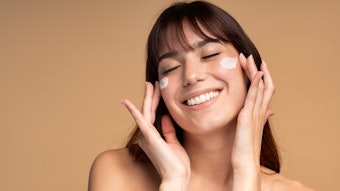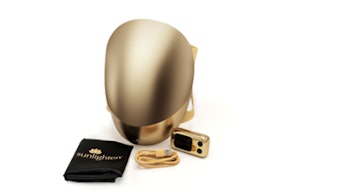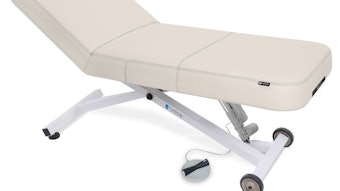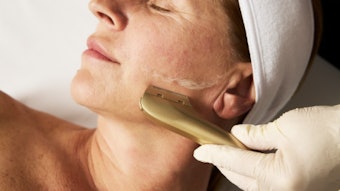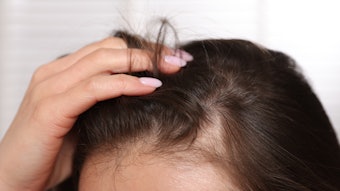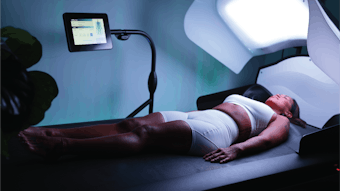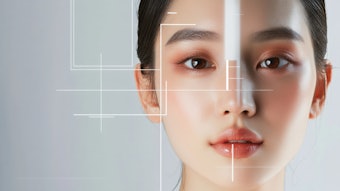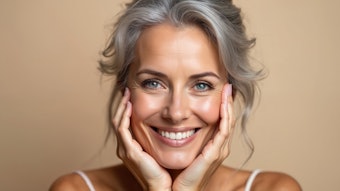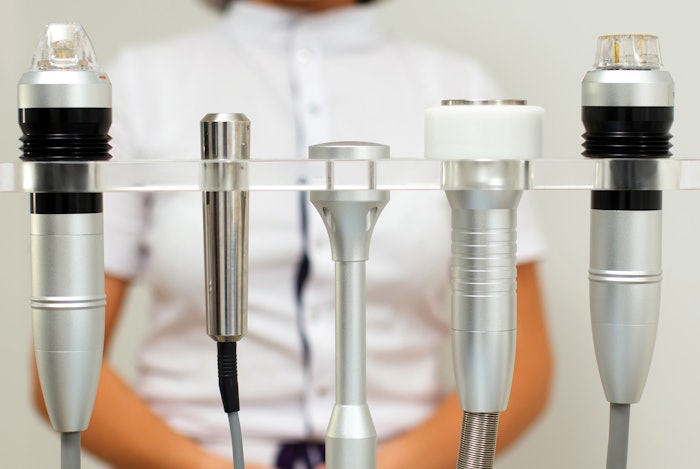
In today’s treatment rooms, aesthetics professionals are combining science and innovation to deliver visible, lasting results. With the right blend of advanced devices and clinical-grade ingredients, skin professionals can treat everything from acne and aging to sensitivity and pigmentation—often in just a few sessions.
This article is only available to registered users.
Log In to View the Full Article
In today’s treatment rooms, aesthetics professionals are combining science and innovation to deliver visible, lasting results. With the right blend of advanced devices and clinical-grade ingredients, skin professionals can treat everything from acne and aging to sensitivity and pigmentation—often in just a few sessions.
Whether you're a spa professional looking to elevate your service menu or a savvy client exploring your options, understanding how these tools and ingredients work together is key to achieving real results.
Devices That Make a Difference
Hydradermabrasion Machines
This multi-step facial technology cleanses, exfoliates and hydrates the skin while infusing it with targeted serums. It’s gentle yet effective and offers instant results with no downtime—ideal for all skin types.
LED Light Therapy Panels or Masks
Using wavelengths of red, blue and near-infrared light, these devices address common concerns like inflammation, acne, fine lines and uneven tone. Red light boosts collagen and reduces redness, while blue light targets acne-causing bacteria.
Microcurrent Devices
These tools use low-level electrical currents to stimulate facial muscles, improve tone, lift and circulation. They're often described as a “natural facelift,” offering immediate firming with cumulative results over time.
Radio Frequency (RF) Systems
By delivering controlled heat deep into the dermis, RF treatments stimulate collagen and elastin production. They're commonly used to tighten, tone and rejuvenate aging or lax skin without invasive procedures.
Ultrasonic Skin Scrubbers
These handheld tools exfoliate the skin and help loosen debris from pores using high-frequency vibrations. They can also be used to infuse serums deeper into the skin for enhanced absorption.
Dermaplaning Blades
This manual exfoliation technique removes surface dead skin and vellus hair, revealing a smooth, radiant complexion and improving product penetration.
With the flood of new products, devices and tech, the prospects of curating a comprehensive kit of tools may seem daunting, especially with the ever-shifting regulatory landscape differing by state, and with only so many hours in the day to master each one. Still, professionals work hard to find what's a fit for them and their clientele.
“I use Neurotris and AnteAGE because they work on every level of the skin and muscle, redefining the face and correcting the skin—it’s truly better than a facelift,” says Clara Daoud-Smith, licensed esthetician and founder of A Touch of Claridy. “Even my 80-year-old client saw a noticeable difference after just one treatment, and her husband did too. While a series [of sessions] is needed to truly sculpt and lift, the results speak for themselves.”
Clinical Ingredients That Get Results
Vitamin C (L-Ascorbic Acid)
A powerful antioxidant that brightens, firms and protects against environmental damage. It’s often used to improve overall tone and reduce signs of sun damage and aging.
Retinol (Vitamin A Derivatives)
Highly regarded for its ability to boost cell turnover, fade hyperpigmentation and reduce fine lines. Estheticians use retinol-based products to support long-term skin health and rejuvenation.
Niacinamide (Vitamin B3)
A multitasking ingredient that strengthens the skin barrier, reduces redness, balances oil production and improves uneven tone. It's especially beneficial for sensitive, acne-prone or mature skin.
Hyaluronic Acid
This moisture-binding molecule holds up to 1,000 times its weight in water, making it a hydration hero. It plumps the skin, smooths fine lines and enhances the overall glow.
Peptides
Short chains of amino acids that signal the skin to produce collagen. Peptides help with firmness, elasticity and repair, making them a popular ingredient in age-defying treatments.
Alpha Hydroxy Acids (Glycolic, Lactic, Mandelic)
Used for gentle exfoliation, AHAs help smooth texture, fade discoloration and unclog pores. Each acid has its strengths—for example, glycolic for deeper penetration and mandelic for sensitive skin.
Growth Factors & Stem Cell Extracts
These advanced ingredients are used to accelerate skin regeneration, improve elasticity and support recovery post-treatment. Ideal for mature or compromised skin.
Botanical Enzymes (Papaya, Pineapple, Pumpkin)
Enzymatic exfoliants break down dead skin cells gently, making them perfect for sensitive skin or pre-treatment prep.
Why Devices and Ingredients Work Better Together
Think of devices as the key to a lock. They prep the skin—removing barriers like dead cells, increasing circulation or creating microchannels—so that topical actives can work more efficiently. When followed by clinical ingredients targeted to the client’s specific skin needs, the combination becomes more powerful than either approach alone.
This synergy allows spa professionals to customize treatments and deliver deeper, longer-lasting results while keeping the client experience both effective and relaxing.
Final Thoughts
The modern esthetician is more than a facialist—they're a trained skin strategist, blending touch, technology and science to help clients meet their skin care goals.
Whether you’re treating skin in the room or simply exploring what’s possible, the combination of professional-grade tools and science-backed ingredients is where the magic really happens.
Interested in learning more about how to integrate advanced tools and clinical ingredients into your treatment room? Connect with industry peers, stay educated and elevate your practice—because today’s esthetician is tomorrow’s innovator.
